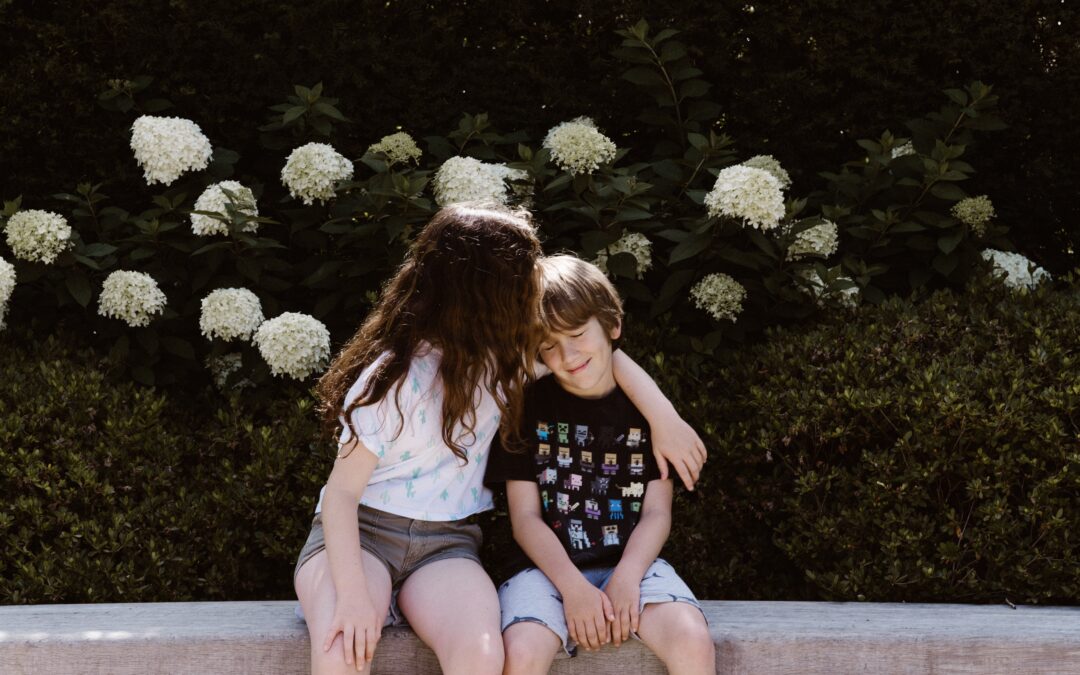In a world that is growing increasingly challenging, instilling gratitude in our children is a precious gift we can give them that will help them throughout their lives.
Whether you’re a parent, a grandparent, a neighbor, a relative, or a friend, just about all of us have a child in our lives that we have some influence over.
Helping the children in our lives cultivate an attitude of appreciation and gratitude from a young age will not only foster positive character development, but it will also contribute to the overall well-being of our children.
To help the children in our lives understand what gratitude is, we can explain to them that gratitude is the warm feeling we get when we are thankful for the good things in our lives.
One simple way to help them experience gratitude is by teaching them how to play “The Glad Game” from Pollyanna. You can invite them to look for something they are glad about in every situation—even the hard things that come.
This can help them to feel gratitude for those good things they see. It will also help them to acknowledge the kindness and positive acts of those around them.
Here are four strategies that you can use to help instill gratitude in the children in your care.
Lead by Example
Children learn by observing others. So what you do, especially while they are watching, is important. Express genuine thanks in your own day-to-day life, whether it’s for a homemade meal, a sunny day, or a kindness from someone else.
Gratitude Conversations
Have regular conversations with your child about the things they are grateful for. Encourage them to share their thoughts and experiences and talk about the positive impact those moments had on how they felt.
Thank You Notes
Teach children how to express their gratitude to others through handwritten thank-you notes. Whether it’s for a playdate, a gift, a kind gesture, or a nice compliment, teaching them how to follow up with a note of thanks will help them to have a greater focus on sharing their appreciation with others.
Volunteer Together
Participate in community service as a family. Find volunteer activities that you can all do together. Experiencing the joy that comes when you serve someone else can instill a deep sense of gratitude and empathy in children.
Helping our children cultivate an attitude of gratitude will require consistency, patience, and creativity. It will take time, but who they become because of it will be worth the effort.
By using the above strategies, we can play an important role in cultivating thankful hearts in our children. After all, they are our future.
And the more they learn to appreciate and see the good in the world, the more they will become the good that this world needs.
Some Fun Gratitude Activities For Children
Gratitude Jar: Create a gratitude jar where children can write or draw things they are grateful for on colorful slips of paper. Take time to read and celebrate the contents of the jar together often.
Gratitude Scavenger Hunt: Create a scavenger hunt with a twist by asking kids to find things they’re grateful for instead of physical items. This will help them to explore their surroundings with a positive mindset.
Gratitude Art Collage: Encourage artistic expression by creating a gratitude collage. Provide magazines, scissors, and glue, allowing children to cut out images and words that represent what they are thankful for.
Gratitude Stones: Decorate small stones with messages of gratitude and place them in a jar. When feeling down, children can pick a stone and reflect on the positive message written on it. A twist to this idea is that you can go for a walk and leave the stones along the path for others to find.
Gratitude Journal: Help children start a gratitude journal where they can jot down daily moments of thanks. This will help children to practice mindfulness and keep their focus on positive experiences throughout their day.
Gratitude Tree: Create a gratitude tree using paper and branches. Have children write or draw things they’re thankful for on leaves and attach them to the tree, creating a visual representation of gratitude.

